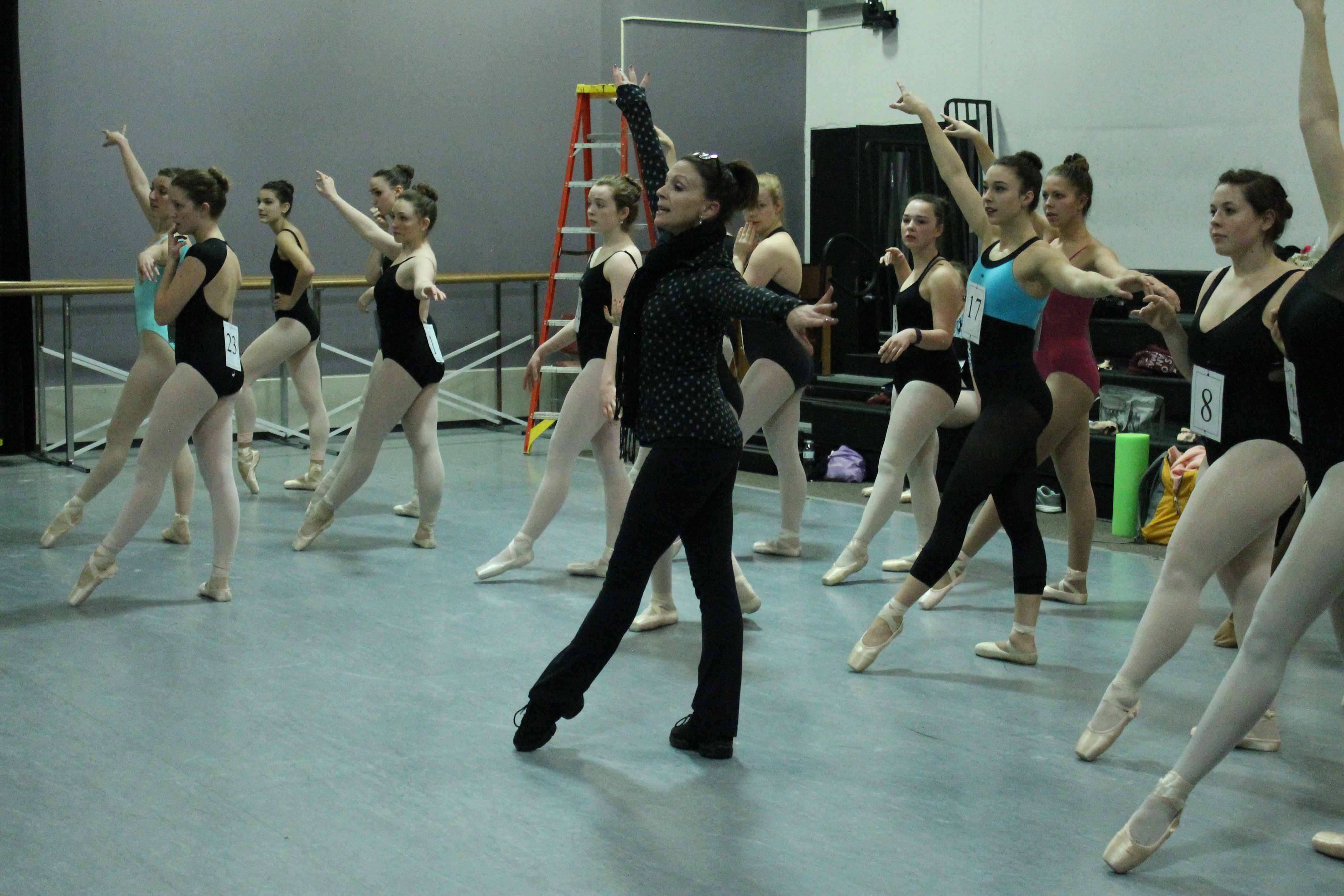Governor of Ohio John Kasich said in his State of Ohio address last month that he wants to see more art education in STEM schools. So how is that accomplished, with government funding for arts education dwindling every year?
Supporting high-quality education in the arts must now include enriching classroom instruction by taking advantage of community-based arts learning opportunities and collaborating with the arts community. Many artists – such as dancers, painters, actors and musicians – believe deeply in art education and want to teach it in schools.
Artists as teachers
But how can a school principal, teacher, or community administrator be sure the artist knows enough about teaching children to make it an effective part of their curriculum? An artist can’t just step out of a studio and walk into a classroom and expect to be an effective educator without any training.
This is where Kara Stewart comes in. A full-time faculty member in UA’s School of Dance, Theatre, and Arts Administration, Stewart is creating professional training and accreditation for artists who are educators.

Kara Stewart teaching a class of UA dance students.
Stewart co-founded ArtSparks, a nonprofit that provides educational outreach programs reinforcing core academic content through dance. She believes “the arts play a vital role in fostering the creativity and self-confidence necessary for children to become productive citizens.”Stewart has been working as an arts educator for 17 years, and in the past four years through ArtSparks she has provided educational programming as part of the Center for Arts-Inspired Learning (CAL), which employs more than 100 professional teaching artists throughout Northeast Ohio.
Based on the success of her ArtSparks programs, CAL asked her to develop professional modules for teaching artists.
“The modules are designed to implement a framework to prepare, professionalize and recognize teaching artists,” says Stewart. “Training should be standard based, it should strengthen qualifications and it should issue certifications of completion.
Case Western Reserve University is a consultant on the project, offering digital badging — a validated indicator of accomplishment, skill and quality earned by completing Stewart’s six-module curriculum.
Opportunities for creativity
Similar to continuing education, the training will happen in 10 hours over two days, broken down into modules such as stages of youth development, behavior management, curriculum standards and measuring outcomes of success.
“These are not your typical continuing education, professional development classes,” notes Stewart. “Artists are creative creatures, so the training embeds plenty of opportunities for them to explore these topics creatively.”
The piloting for the first module starts in June. For Stewart, this is a two-year initiative. Upon completion, six full weekends of professional development will have been rolled out as a unit.
Media contact: Lisa Craig, 330-972-7429 or lmc91@uakron.edu.
